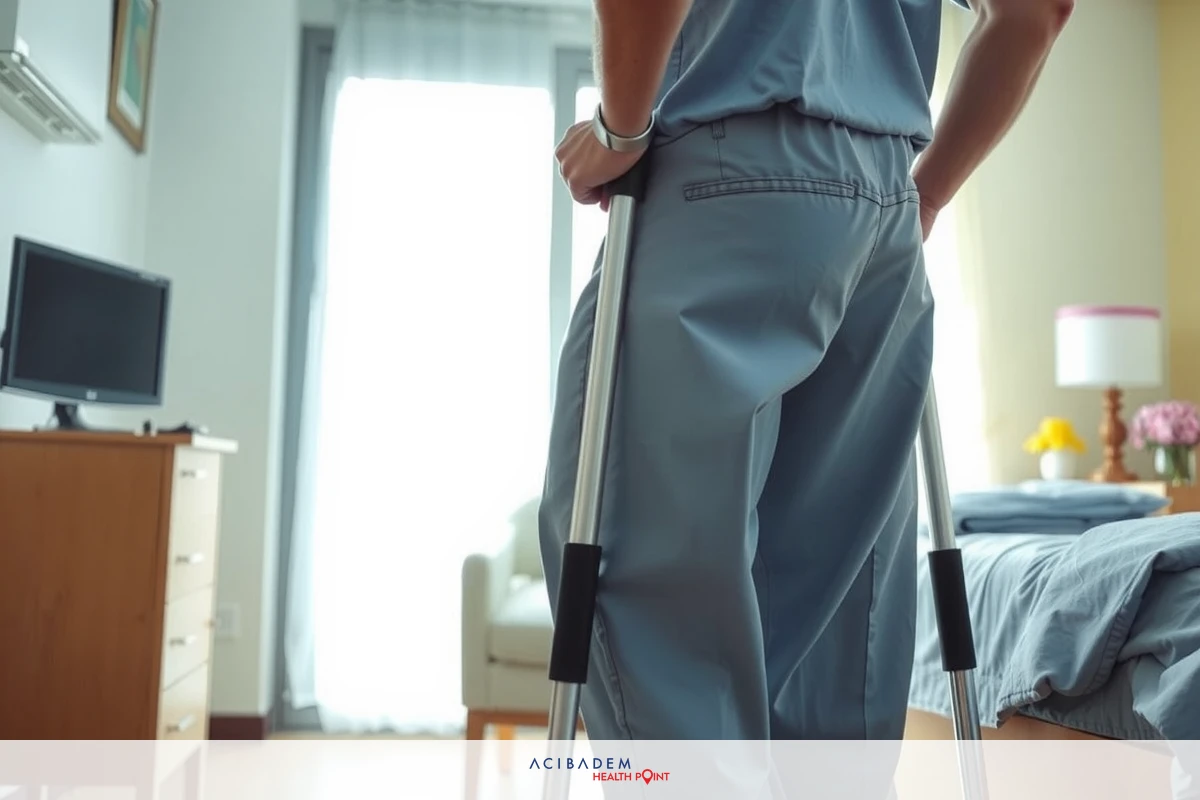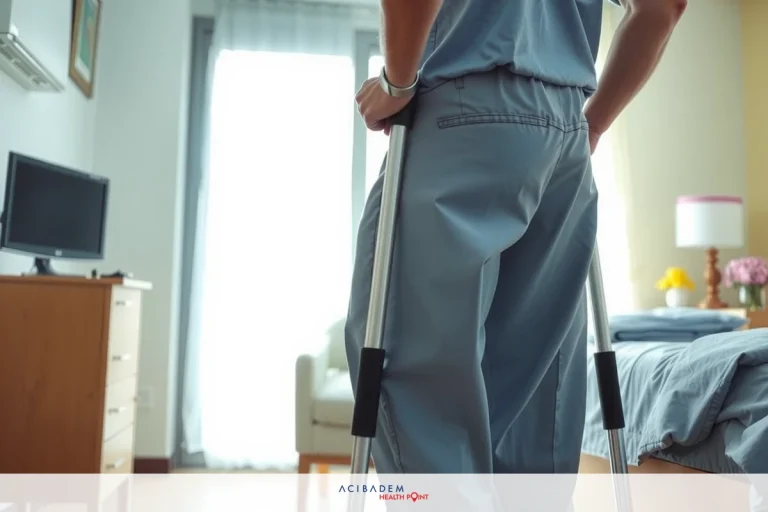How Long on Crutches After Hip Arthroscopy
How Long on Crutches After Hip Arthroscopy Recovering from hip arthroscopy calls for time and patience. It’s a journey that starts with rest and leads to getting back on your feet. For many this means using crutches to get around during the first phase of healing. Each person’s recovery can be different but there are common points we share.
Crutches play a big part in how you move after surgery. They help take weight off your hip while it heals.
Most people will use them for a while but not everyone will need them for the same amount of time. Knowing what to expect can make the process feel less daunting.
Doctors give guidelines about using crutches based on their knowledge and experience. These guidelines aim to keep you safe as you heal from hip surgery. Always listen to your body and talk to your doctor if something feels wrong or hurts too much as you start moving again.
Recovery Process
After hip arthroscopy your body starts a natural healing process. The first step is often rest to let the hip heal inside. You might stay in bed or on a couch with little movement for the first few days. This time allows the joint to start mending without stress. Pain management is also key during this early phase.
As days pass doctors will tell you when to begin moving more. You’ll start simple exercises that can boost mobility and aid rehabilitation. These activities are gentle but vital for getting strength back in your hip area. They’re designed not to overdo it while still promoting healing.
Using crutches comes into play as you gain some independence back. They help by keeping weight off of your hip as it continues to get better after surgery. Crutches are tools that support your recovery time and make sure you move safely through space. Your doctor will guide you on how long they should be part of your daily life.
Rehabilitation often includes working with a physical therapist too. This expert helps tailor exercises just right for where you’re at in healing from hip arthroscopy. Each week what you do may change based on how well your hip is doing and gaining function again – all aiming toward complete recovery over time.

Using Crutches
Crutches are a common aid after hip arthroscopy to help you move while your body heals. They take on the weight that your hip would usually bear. This lets you walk without putting too much pressure on the healing area. Your arms and shoulders do more work when you use crutches giving your hip a break.
Learning to walk with crutches is a skill that comes in stages. At first it might feel awkward or hard to balance. But over time, with practice and patience, it becomes easier. You’ll find a rhythm that works for you and keeps strain off your hip.
Your doctor or physical therapist will show you how to use crutches correctly. It’s important not just for mobility but also for safety during rehabilitation from hip arthroscopy. There’s a right way and wrong way to lean on them – doing it right protects against other injuries.
As recovery moves forward how long you need crutches can change based on many things like age or health before surgery. Some may use them only for short times; others might need them longer until they regain full strength and mobility in their hips again post-arthroscopy.
Duration of Crutch Use
After hip arthroscopy how long you’ll need crutches can vary. It often depends on how fast your body heals and how strong it was to start with. Your doctor will check your progress and let you know when it’s safe to walk without them. It could be weeks or a bit longer – every person’s recovery time is different.
At follow-up visits doctors look at how well the hip is healing and listen to what you say about pain or comfort. These signs help them decide if crutches can be left behind sooner rather than later. The goal is always to make sure that once you stop using crutches you won’t need them again.
Remember, even as things get better, don’t rush this part of recovery from hip arthroscopy. Moving too quickly may set back all the good healing done so far. Listen closely to advice from professionals who know best about mobility after such surgeries. They’re there to guide you toward walking freely once more without needing support from crutches.
Consulting Your Insurance Company
Before you undergo hip arthroscopy it’s wise to talk with your insurance company. Understanding what they cover helps plan for the surgery and recovery period. Some plans may fully pay for the procedure while others might only cover a part. Knowing this ahead of time lets you manage any costs that come up.
Insurance policies differ in how they handle post-surgery needs like crutches or rehabilitation sessions. Ask them about these items specifically because they are key parts of getting better after hip arthroscopy. They may have preferred providers or special conditions for coverage that you should know about.
During your call also inquire about the number of follow-up visits allowed under your policy after hip surgery. Recovery time can sometimes mean several trips back to see the doctor; make sure these are within your plan limits too. It will save surprises on bills later on.
The process can seem complex but remember that insurance agents are there to help you understand your benefits and rights as a patient needing hip arthroscopy care. Don’t hesitate to ask questions until everything is clear—after all clarity now prevents stress over bills when healing should be your focus.
Lastly if changes happen during recovery from hip surgery—like needing more rehab than first thought—it’s important to check back in with them again. Making sure everything still falls under coverage ensures mobility comes back without extra financial worry hanging over it due to unexpected expenses not planned for initially.
Frequently Asked Questions
How soon after hip arthroscopy can I start using crutches?
You will likely use crutches right after surgery as your doctor advises based on your specific case.
What factors determine how long I'll need to be on crutches?
The length of time you'll use crutches depends on the extent of your surgery, pain levels, strength, and mobility progress.
Can I walk without any support if I feel able during my recovery?
You should follow your surgeon's guidance strictly and only advance stages of weight-bearing when they say it is safe to do so.








